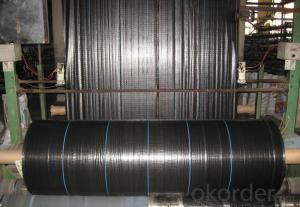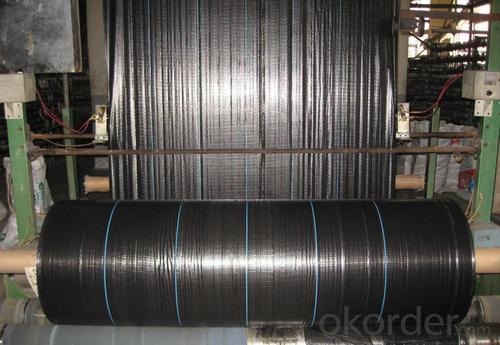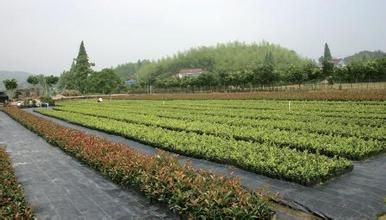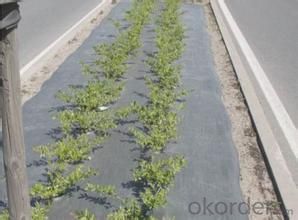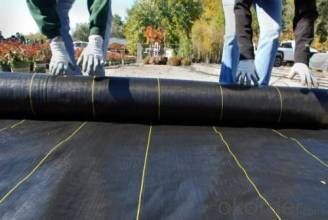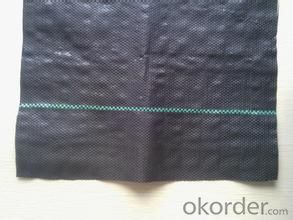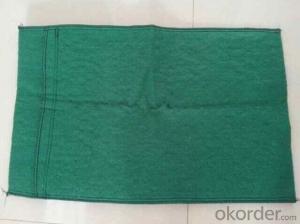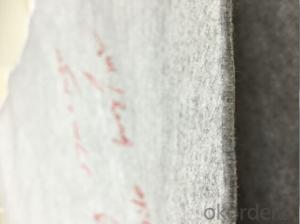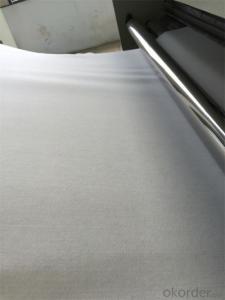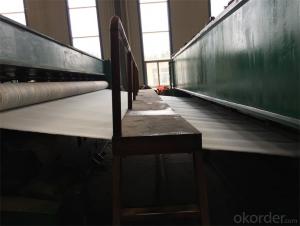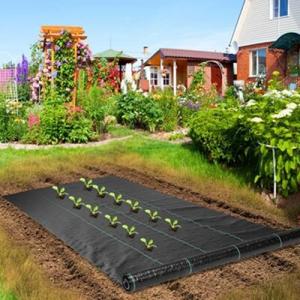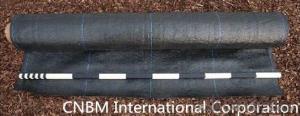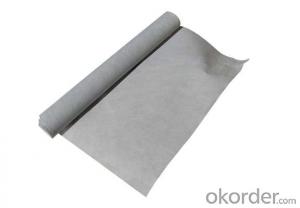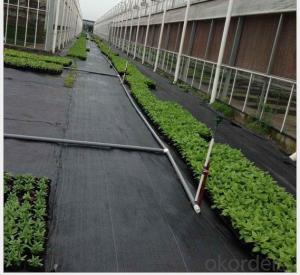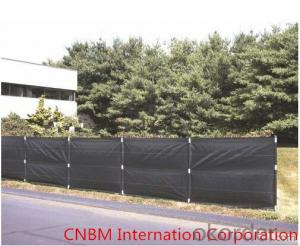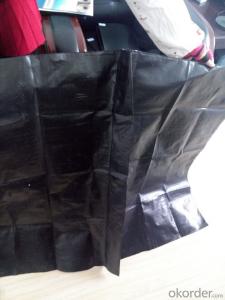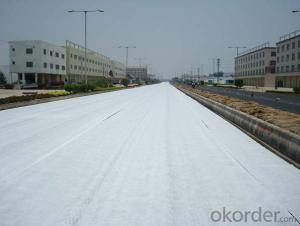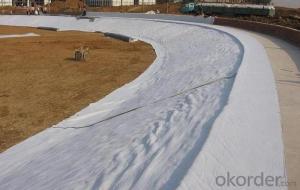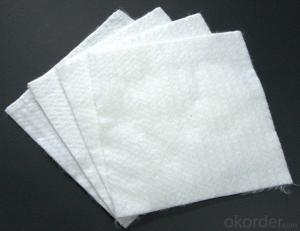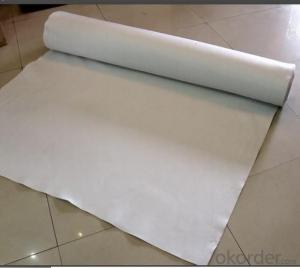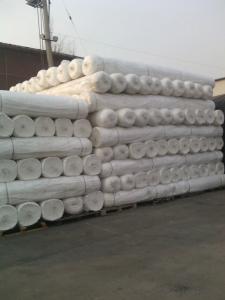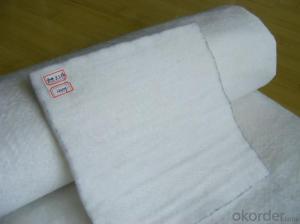180gsm Silt Fence / Polypropylene Woven Fabric / Weed Barrier Fabric Geotextile
- Loading Port:
- China main port
- Payment Terms:
- TT OR LC
- Min Order Qty:
- 5000 roll
- Supply Capability:
- 100000 roll/month
OKorder Service Pledge
OKorder Financial Service
You Might Also Like
1. Silt Fence Fabric Introduction
Silt Fence fabric is made of environmentally friendly raw materials, pp spunbond nonwoven fabric. It used to prevent the growth of weed, without the use of potentially dangerous chemical sprays or labor intensive hoeing. Once installed, weed mat will continue providing protection for years without maintenance.
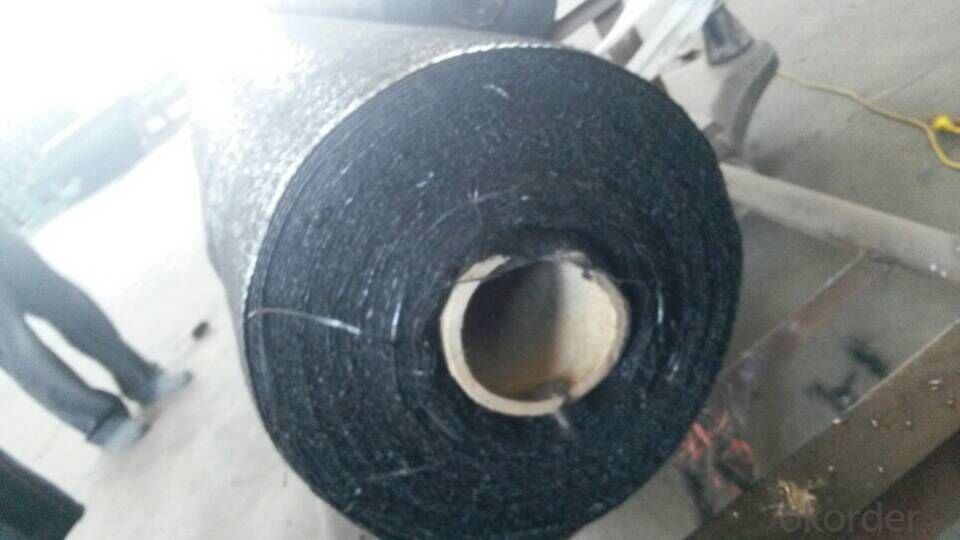
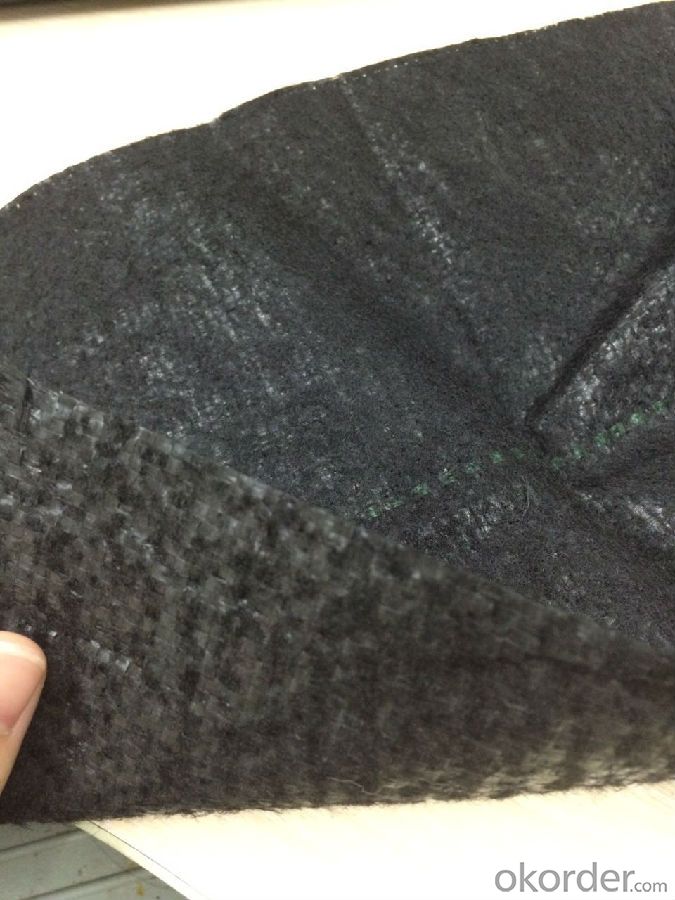

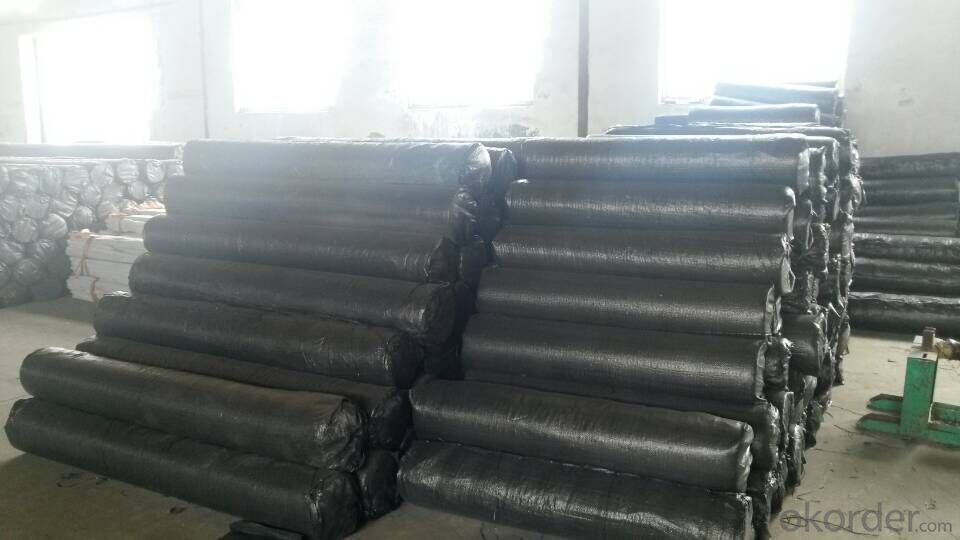
2. Silt Fence Fabric Feature:
1. Weed suppressant and drainage control landscaping fabric
2. Spun bonded non-woven fabric – will not fray when cut
3. Easy to use
4. Environmentally friendly
5. Allows water, air and nutrients through, suppressing weeds without the use of chemicals
6. Good alternative to Plantex® where cost is a factor
7. UV Stabilised
8. Reduces the level of watering required due to the slower rate of water evaporation
3. Silt Fence Fabric Function:
1. Cover crops in the ground surface,prevent weeds and against the insect
2. Controlling soil humidity and the temperature
3. Does not affect the growth of the crops
4. Protects plants from harmfully solar radiation
5. Air permeability, water permeability help crops growth.
6. Mothproof, eco-friendly, breathable, anti-bacteria, tear-resistant, fusible
4. Silt Fence Fabric Applications:
1. Weed block for landscaped garden beds
2. Permeable liners for planters (stops soil erosion)
3. Weed control under wooden decking
4. Geotextile for separating aggregate / soils under walkway blocks or bricks
5. Assists in preventing paving from settling unevenly
6. Landscape fabric prevents soil erosion
5. FAQ:
Q1: What is your minimum order quantity?
A:The minimum order quantity is 5000 ,but it is negotiable.
Q2:What is your payment terms?
A: T/T,Western Union,Paypal,L/C...
Q3:What is your delivery time?
A:Production time usually costs 2-20 days.
Waiting to cooperate with you!
- Q: How do geotextiles help with vegetation establishment in landscaping projects?
- Geotextiles help with vegetation establishment in landscaping projects by providing a stable and fertile environment for plants to grow. They prevent soil erosion, control weed growth, retain moisture, and promote healthy root development. Additionally, geotextiles protect plants from foot traffic damage and allow for proper drainage, resulting in successful and sustainable vegetation establishment.
- Q: Can geotextiles be used in the protection of retaining walls?
- Yes, geotextiles can be used in the protection of retaining walls. Geotextiles are commonly used as a barrier against soil erosion and to reinforce the soil behind retaining walls. They help to prevent the loss of backfill material and provide stability and strength to the structure.
- Q: Tunnel without sand concrete, geotextile, seepage blind pipe construction sequence
- Hello, according to the question you ask, the construction sequence should be the first laying of seepage blind pipe and then laying geotextile, and finally pouring no sand concrete. Geotextile laying in the osmosis above the main pipe is to play the role of filtration and protection, to prevent seepage blind pipe plug. There are a lot of sites in order to better ensure that the blind water pipe is not blocked in the osmosis blind tube outside the layer of geotextile wrapped.
- Q: What are the specifications for geotextiles and geogrids commonly used on expressways?
- You are the production, or sales, or procurement, the question asked, what model is the designer's decision
- Q: I'm looking for the fabric that goes between gravel and the ground (for a gravel driveway).
- any good irrigation/ landscape suply house will have that material.
- Q: Can geotextiles be used in the construction of sports fields?
- Yes, geotextiles can be used in the construction of sports fields. Geotextiles are often used as a barrier between the soil and the playing surface to prevent weed growth, stabilize the soil, and improve drainage. They can also enhance the durability and longevity of the sports field by preventing soil erosion and reducing the risk of subsidence.
- Q: Geotextile is what to do with
- Geotextile is reinforced and segregated, reinforced mainly to enhance the ability of materials to shear and tensile deformation, to prevent the reflection of cracks in the road; isolation is the separation of different materials to maintain their performance; because the geotextile itself is not waterproof, In the old road renovation over the asphalt mixture will form impermeable complex, in addition to preventing cracks will have a certain waterproof effect. The roadbed refers to the strip structure that is built on the basis of the route position and certain technical requirements. It is the basis of the railway and the road. The roadbed is a linear structure made of soil or stone. Built in good geological, hydrological, climatic conditions under the roadbed. From the material points, subgrade can be divided into soil subgrade, stone roadbed, earth and rock roadbed three.
- Q: What are the different methods of geotextile testing for strength and durability?
- There are several methods used to test the strength and durability of geotextiles. Some common methods include grab tensile strength testing, puncture resistance testing, tear resistance testing, burst strength testing, and UV resistance testing. Each method assesses specific properties of the geotextile to determine its strength and durability in various conditions and applications.
- Q: What are the benefits of using geotextiles in road construction?
- Geotextiles offer several benefits in road construction, including improved soil stabilization, increased road lifespan, and enhanced drainage. These synthetic fabrics act as a barrier, preventing the mixing of different soil layers, which helps to maintain the road's structural integrity. Geotextiles also provide reinforcement by distributing the load more evenly, reducing the occurrence of cracks and potholes. Additionally, these materials enhance drainage by allowing water to pass through while retaining the soil particles, preventing erosion and waterlogging. Overall, geotextiles contribute to cost-effective and sustainable road construction.
- Q: Are geotextiles suitable for use in coastal erosion control?
- Yes, geotextiles are suitable for use in coastal erosion control. Geotextiles are commonly used in coastal areas to stabilize the soil, prevent erosion, and protect the coastline from wave action. They are effective in reducing soil erosion by filtering sediment and allowing water to permeate through while preventing the loss of soil particles. Geotextiles also provide protection against storm surge and tidal forces, making them a valuable tool in coastal erosion control efforts.
Send your message to us
180gsm Silt Fence / Polypropylene Woven Fabric / Weed Barrier Fabric Geotextile
- Loading Port:
- China main port
- Payment Terms:
- TT OR LC
- Min Order Qty:
- 5000 roll
- Supply Capability:
- 100000 roll/month
OKorder Service Pledge
OKorder Financial Service
Similar products
Hot products
Hot Searches
Related keywords
